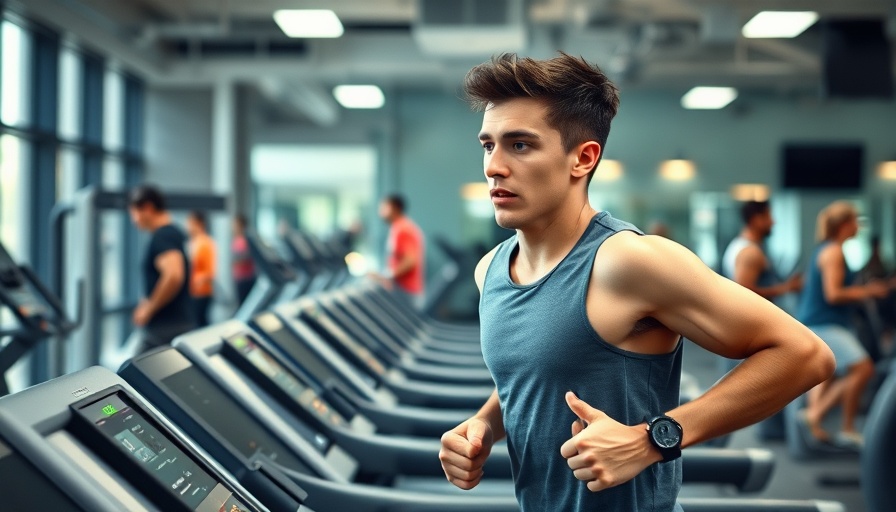
Walking: An Essential Habit for Digital Nomads
For digital nomads constantly on the run, incorporating wellness into your lifestyle can be a challenge. Yet, walking emerges as a powerful ally in the quest for health on the go. It's not just about moving from point A to B; it's about integrating this simple activity into your daily routine to keep fit while navigating new environments.
Measuring Your Walk: How Fast Should You Go?
Understanding your pace and the time it takes to walk a mile can offer more than just data; it can influence how you set fitness goals. For many adults, a brisk walking pace is about 15-20 minutes per mile, but savvy travelers can aim to optimize that time further. This benchmark helps encourage not only physical health but sets the foundation for a routine that blends easily with busy travel schedules.
The Multitude of Benefits from Walking
Walking is an underrated exercise with numerous benefits that cater well to the needs of digital nomads. Chief among these is mental health. As highlighted by Michele Stanten, founder of MyWalkingCoach.com, walking reduces stress and alleviates tension. This is particularly crucial for remote workers who often juggle multiple responsibilities in different time zones.
Moreover, walking acts as a joint-friendly exercise that reduces the risk of chronic diseases. For someone living a nomadic lifestyle, this can mean the difference between thriving or struggling with health issues. Movement not only lubricates your joints but can enhance your mood and productivity—a critical factor when deadlines loom or creativity feels stifled.
Convenience: Walk Anytime, Anywhere
The flexibility of walking makes it a perfect fit for those who travel frequently. Whether you're exploring a new city or waiting for a meeting in a cafe, walking seamlessly integrates into various aspects of daily life. You don't need a gym membership or a fancy workout routine; simply lace up your shoes and step outside.
Setting Realistic Walking Goals
To see improvements in your cardiovascular fitness, it's pivotal to assess your current walking habits. Start by tracking your daily steps for a week, noting the differences between weekdays and weekends. The CDC recommends aiming for 150 minutes of moderate-intensity activities weekly, broken into manageable sessions. Utilize this approach to gradually increase your step count by an additional 500-1000 steps per day, aligning it with your travel schedule.
Step Beyond Illusions: Common Myths About Walking
A common misconception is that walking isn't 'real' exercise. In reality, it can significantly enhance one's overall fitness, especially for those unable to engage in high-impact workouts. Walking provides a solid foundation that supports higher intensity activities later on. Additionally, many underestimate its ability to help with weight management, facilitate cardiovascular health, and even improve mental clarity.
Make Walking a Habit!
As you embark on your next journey, prioritize walking as an integral part of your wellness routine. By tracking your pace and gradually increasing your distance, you’ll not only improve your fitness but enrich your travel experience. So, don't hesitate—dive into your next adventure with your trusty walking shoes!
Incorporate walking into your daily routine and explore the immense benefits it holds for your health while on the road. Take the first step towards a more active lifestyle today! Remember, the journey toward better health begins with a single step, or in this case, many steps!
 Add Row
Add Row  Add
Add 




Write A Comment